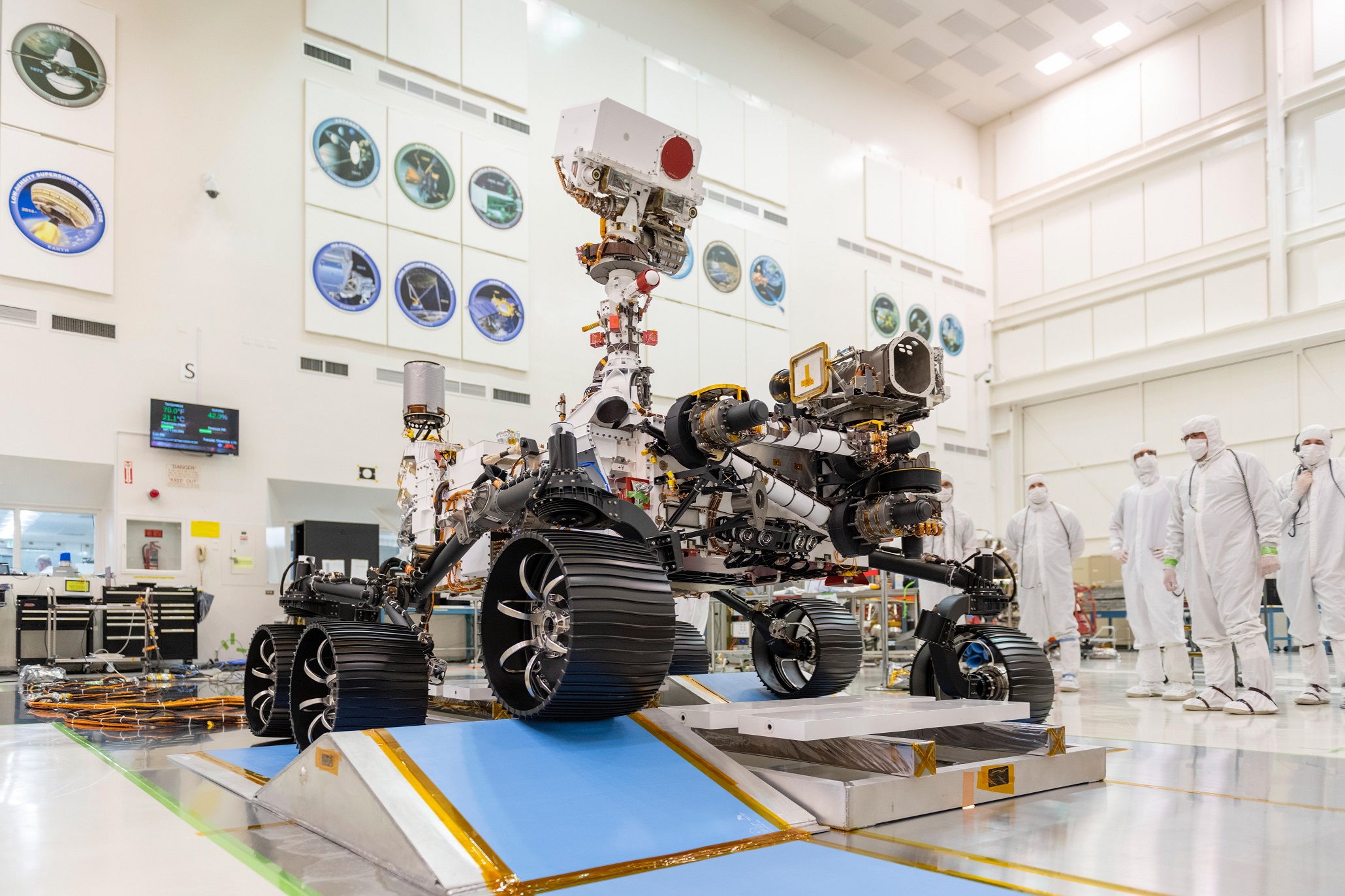
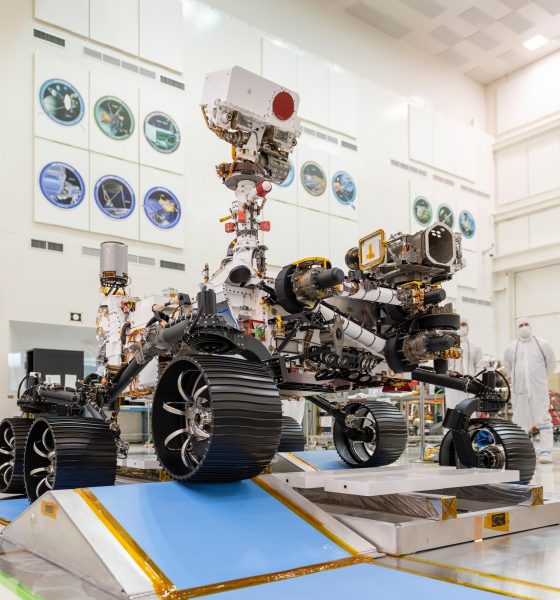
Space
NASA’s newest Mars rover gets christened with a ‘strong’ official name
NASA’s next Mars rover will depart Earth in July, bound for the red planet. After landing in Feb. of next year, the six-wheeled rover will explore its surroundings. Initially dubbed as Mars 2020 as a nod to its launch date, the rover has just received an official name: Perseverance.
As part of a nationwide contest, NASA challenged children in grades K-12 to come up with a name for the robotic explorer. This follows tradition as rovers of the past, and even planets (hello Pluto), have been named by children. Viking, Pathfinder, Sojourner, Spirit, Opportunity, Curiosity, InSight, and now Perseverance.
The newest rover will build on the success of those robotic explorers who came before it by collecting the first samples of Mars for a future return to Earth. It will also lay the groundwork for future human exploration by testing new technologies.
“Yes, it’s curiosity that pulls us out there, but it’s perseverance that does not let us give up,” Thomas Zurbuchen, NASA’s associate administrator for the science mission directorate said during a news conference on Thursday.
Although Curiosity and Perseverance look like twins, the two rovers are quite different. But, it takes the pair to help us better understand Mars and its habitability.
“Perseverance is a strong word,” he said. “It’s about making progress despite obstacles.”
“There has never been exploration without perseverance,” Zurbuchen added.
A total of 28,000 entries were received, and over the course of several months, NASA narrowed the field down to just 9 finalists. The public was asked to vote for its favorite, but ultimately the final decision was up to Zurbuchen. Each student was tasked with writing a brief essay supporting their choice in name. The finalists are listed below, and you can read more about the contest here.
- Endurance, K-4, Oliver Jacobs of Virgina.
- Tenacity, K-4, Eamon Reilly of Pennsylvania.
- Promise, K-4, Amira Shanshiry of Massachusetts.
- Perseverance, 5-8, Alexander Mather of Virginia.
- Vision, 5-8, Hadley Green of Mississippi.
- Clarity, 5-8, Nora Benitez of California.
- Ingenuity, 9-12, Vaneeza Rupani of Alabama.
- Fortitude, 9-12, Anthony Yoon of Oklahoma.
- Courage, 9-12, Tori Gray of Louisiana.
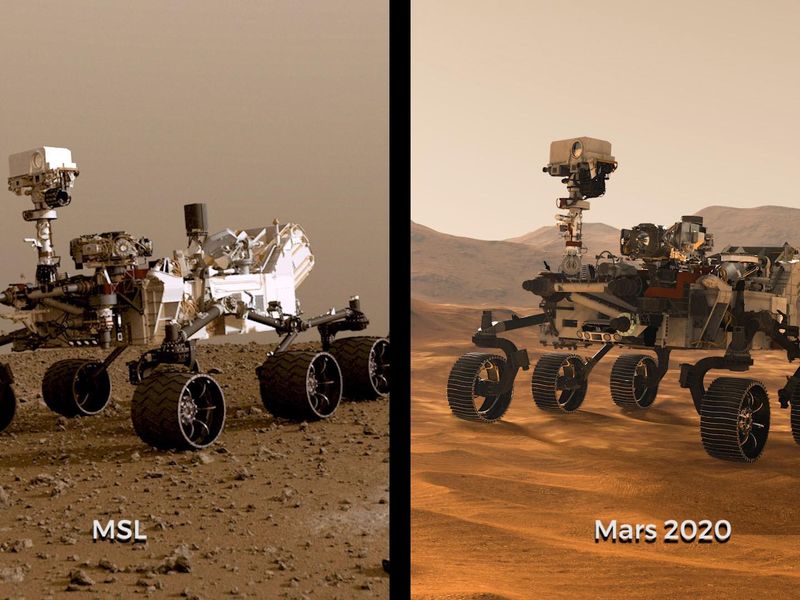
The Perseverance Mars rover, which looks nearly identical to the Curiosity rover that landed in 2012, will begin its mission exploring Jezero Crater. Equipped with a suite of specially-designed instruments it will look for signs of life called biosignatures.
NASA’s research indicates that Mars was habitable sometime in its past. But so far, we haven’t been able to detect any real signs of ancient life yet. The rover’s team thinks that its specialized suite of instruments will change that.
To that end, Perseverance will drill into the Martian surface, extracting samples that will eventually be returned to Earth for further study. Returning the samples is a challenge that NASA is already starting to tackle, along with the European Space Agency. The agency estimates that the earliest it can send a mission to fetch the rover’s samples would be some time around 2026 or 2027.
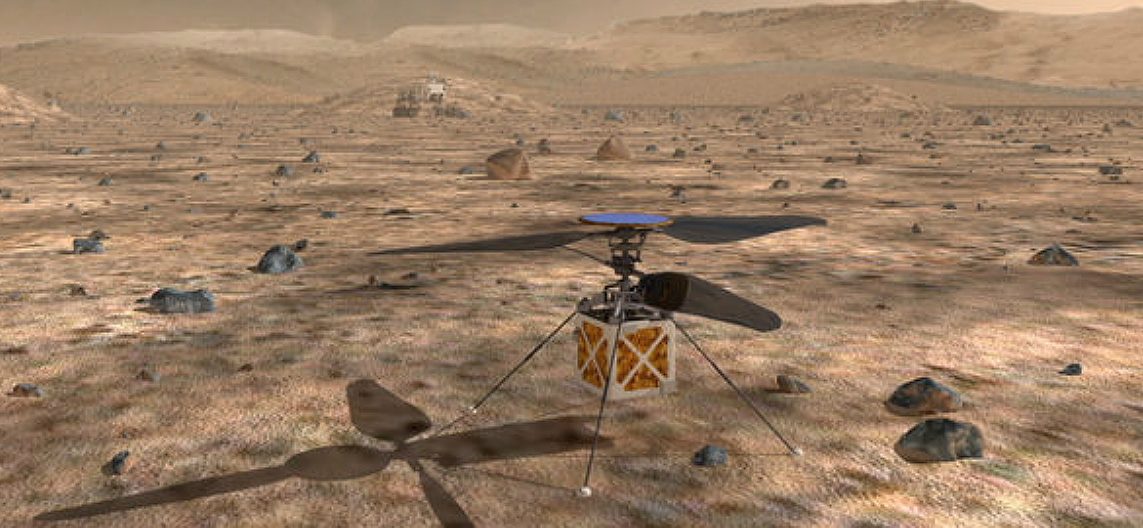
In the meantime, Perseverance will be busy scouring the surface for evidence of microbial life as well as testing out technologies that future human missions could rely on. It will also carry the first helicopter to explore another planet.
The small, autonomous rotorcraft, will launch attached to the rover’s belly. Shortly after arriving on Mars, the softball-sized craft will use its dual blades to slice through the Martian atmosphere. According to engineers, its blades will generate nearly 3,000 rpm — 10 times the rate of helicopters here on Earth.
The Mars helicopter will conduct as many as five flights, each time flying a bit further away than the last. For its first flight, the helicopter will climb to 10 feet (3 meters), hovering for about 30 seconds. If this technology proves to be successful, this type of craft could be used to explore Mars ahead of human exploration.

Cybertruck
Tesla Cybertruck fleet takes over at SpaceX’s Starbase
Interestingly, the Cybertruck uses the same exterior, a stainless steel alloy, as SpaceX rockets. This synergy between the two companies and their very different products shows a very unified mentality between Musk companies.
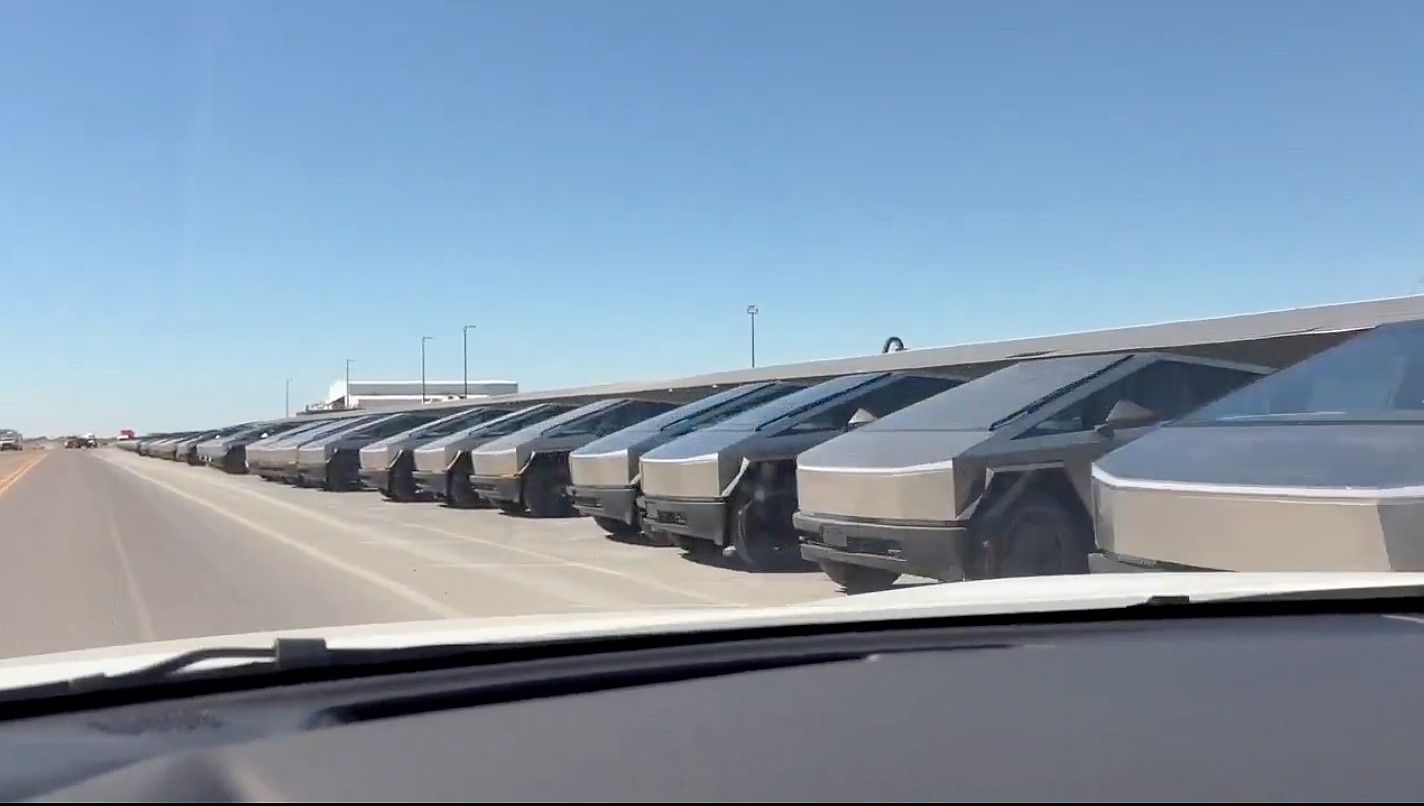
Tesla Cybertrucks have taken over at SpaceX’s Starbase facility in Texas, as hundreds of the all-electric pickup trucks were spotted late last week rounding out a massive fleet of vehicles.
The Cybertruck fleet is geared toward replacing gas vehicles that are used at Starbase for everyday operations. The only surprise about this is that it was not done sooner:
Was just visiting. pic.twitter.com/5Q9wPPaeuH
— Derek Li (@derek1ee) October 31, 2025
Deliveries have been going on for a few weeks, as Cybertrucks have made their way across the state of Texas from Austin to Starbase so they could be included in SpaceX’s fleet of vehicles at the facility.
Interestingly, the Cybertruck uses the same exterior, a stainless steel alloy, as SpaceX rockets. This synergy between the two companies and their very different products shows a very unified mentality between Musk companies.
However, there are some other perspectives to consider as SpaceX is utilizing such a massive fleet of Cybertrucks. Some media outlets (unsurprisingly) are seeing this as a move of weakness by both Tesla and SpaceX, as the aerospace company is, in a sense, “bailing out” lagging sales for the all-electric pickup.
It’s no secret that Tesla has struggled with the Cybertruck this year, and deliveries have been underwhelming in the sense that the company was anticipating between 1 million and 2 million orders for the vehicle before it was widely produced.
A lot of things changed with the Cybertruck between its 2019 unveiling and 2023 initial deliveries, most notably, price.
The price of the Cybertruck swelled significantly and priced out many of those who had pre-ordered it. Some have weighed the option of whether this purchase was a way to get rid of sitting inventory.
However, it seems more logical to consider the fact that SpaceX was likely always going to transition to Teslas for its fleet, especially at Starship, at some point.
It doesn’t seem out of the question that one Musk company would utilize another Musk company’s products, especially considering the Cybertruck has been teased as the vehicle that would be present on Mars.
News
SpaceX opens up free Starlink service for those impacted by Hurricane Melissa
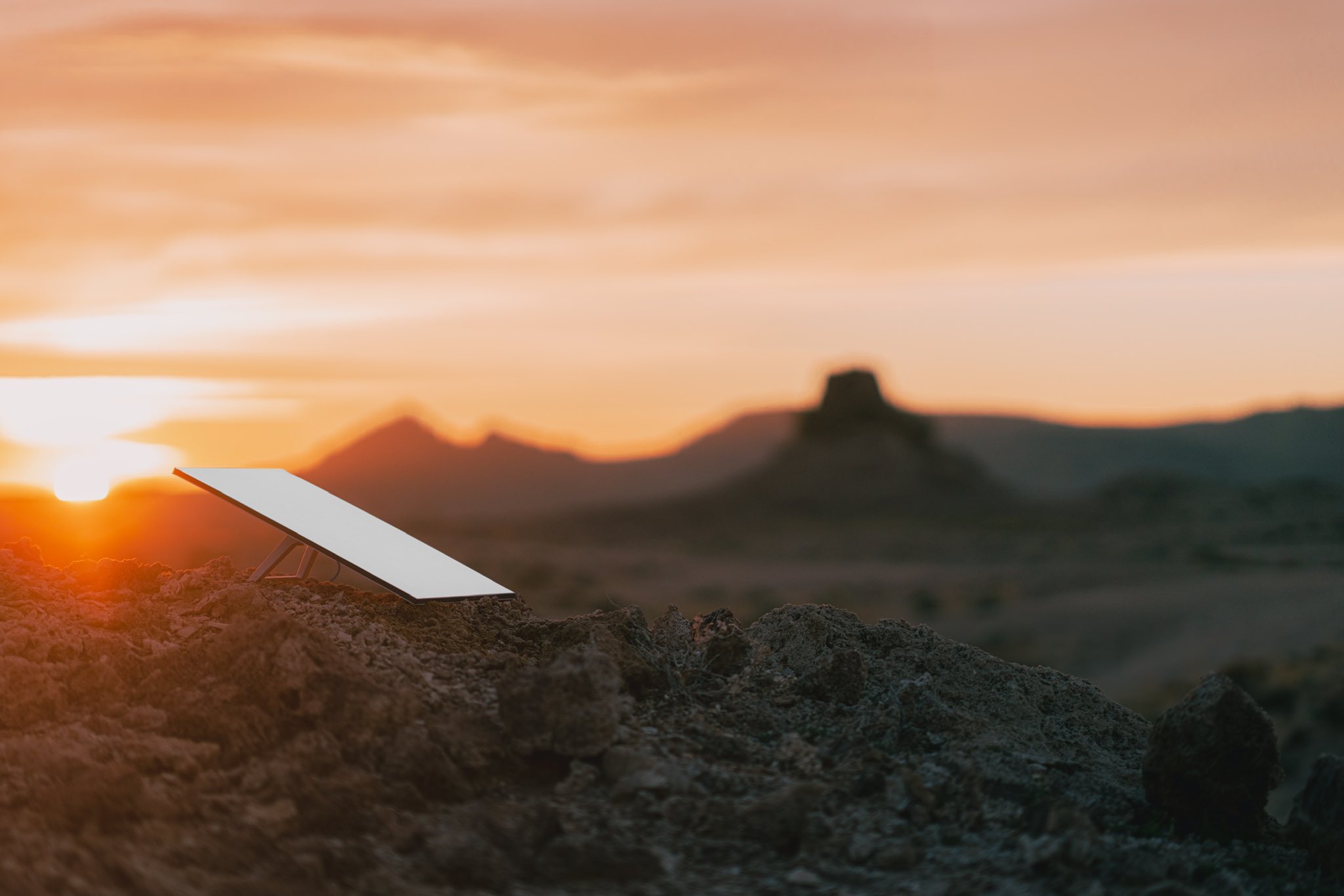
SpaceX is opening up its internet service, Starlink, to those impacted by Hurricane Melissa, as it made landfall in Jamaica and the Bahamas as a Category 5 storm.
Hurricane Melissa is expected to reach wind speeds of over 165 MPH over the next few days as it extends out into the Atlantic Ocean by Thursday and Friday.
Satellite imagery shows Hurricane #Melissa‘s growth from its formation on October 21 to a Category 5 hurricane through October 27, 2025. #HurricaneMelissa pic.twitter.com/goR3Hbgb9c
— The Weather Network (@weathernetwork) October 27, 2025
Citizens in Jamaica and the Bahamas have been preparing for the storm for the past week, getting necessary goods together and preparing for the massive storm to arrive. It finally did yesterday, and the first images and video of the storm are showing that it could destroy many parts of both countries.
Starlink is now being opened up for free until the end of November for those impacted by the storm in Jamaica and the Bahamas, SpaceX announced today:
For those impacted by Hurricane Melissa in Jamaica and the Bahamas, Starlink service is now free through the end of November to help with response and recovery efforts → https://t.co/fUko3xSviJ
— Starlink (@Starlink) October 28, 2025
It is a move similar to the one the company made last year as Hurricane Helene made its way through the United States, destroying homes and property across the East Coast. SpaceX offered free service for those impacted by the destruction caused by the storm.
The free Starlink service was available until the end of 2024.
Elon Musk’s companies have also made similar moves to help out those who are impacted by natural disasters. Tesla has offered Free Supercharging in the past, most notably during the California wildfires.
Tesla and SpaceX’s LA fire relief efforts: Cybertrucks, free Starlink and more
One major advantage of Starlink is that it is available for use in situations like this one, where power might be required to operate things like a modem and router.
Internet access is a crucial part of survival in these situations, especially as it can be the last leg some stand on to get in touch with emergency services or loved ones.
News
SpaceX reaches incredible Starlink milestone
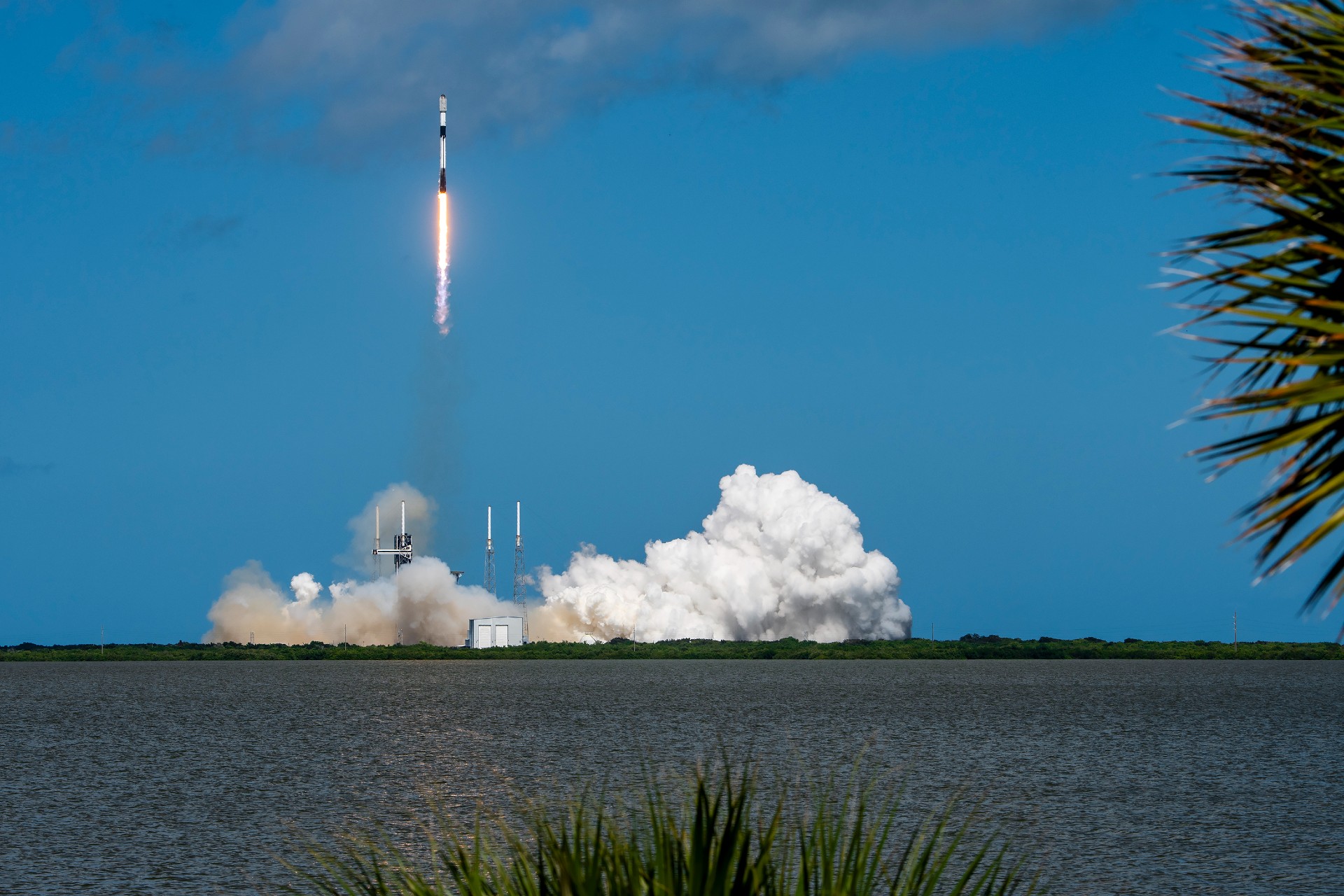
SpaceX has reached an incredible milestone with its Starlink program, officially surpassing 10,000 satellites launched into low Earth orbit since starting the program back in 2019.
Last Sunday, October 19, SpaceX launched its 131st and 132nd Falcon 9 missions of 2025, one from Cape Canaveral, Florida, and the other from Vandenberg, California.
The 10,000th Starlink satellite was aboard the launch from California, which was Starlink 11-19, and held 28 v2 mini optimized satellites.
The achievement was marked by a satellite tracker developed by Jonathan McDowell.
🚨 With its Falcon 9 launch last Sunday, SpaceX officially has 10,000 Starlink satellites in orbit pic.twitter.com/xS5RVZ4ix0
— TESLARATI (@Teslarati) October 26, 2025
The first Starlink launch was all the way back on May 23, 2019, as SpaceX launched its first 60 satellites from Cape Canaveral using a Falcon 9 rocket.
Of the over 10,000 satellites in orbit, the tracker says 8,608 are operational, as some are intentionally de-orbited after becoming faulty and destroyed in the atmosphere.
SpaceX has truly done some really incredible things during its development of the Starlink program, including launch coverage in a global setting, bringing along millions of active subscribers that use the service for personal and business use, locking up commercial partnerships, and more.
Starlink currently operates in around 150 countries, territories, and markets and is available at least somewhere on all seven continents.
Additionally, Starlink has over 5 million subscribers worldwide, and 2.7 million have joined the program over the past year. It has revolutionized internet access on commercial aircraft as well, as several high-profile airlines like Qatar and United, among many others, have already installed Starlink on some of their planes to deliver more stable connectivity for passengers and crew.
SpaceX has the approval to launch 12,000 Starlink satellites from the FAA, but it plans to bring over 30,000 to its constellation, giving anyone the ability to have access to high-speed internet.








